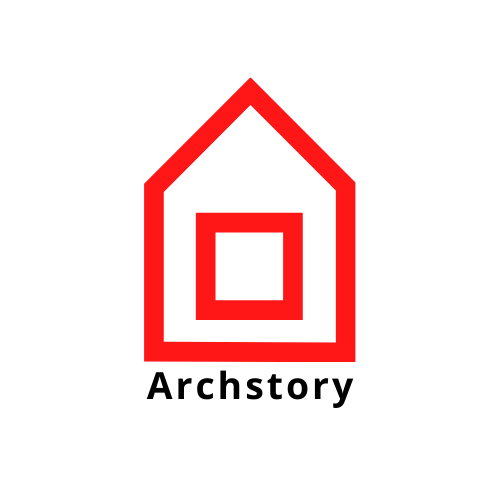
LIN Architects-Wood Pavilion
이 파빌리온의 디자인은 사이트를 분석한 후 인체공학, 공간학 및 Behaviorology의 세 가지 키워드에 중접을 두었다. 파빌리온의 모습은 인간의 행동이 공간의 형태로 나타나고 자연환경이 공간의 매게체가 된다.
Are there any new architectural space prototypes that can be discussed? This is the starting point of this experimental project. This space experiment is located near the river in the tourist area of Jiangxin Island in Zhenjiang, Jiangsu province. In this project, architects give up the consideration of functional elements and start to look for keywords that can define spatial elements in the environment.
After analyzing the site, the design focuses on three keywords: ergonomics, Proxemics, and Behaviorology. The scale of human behavior is one of the concerns of this project. Research on the behavior of different people is a very good design resource for architects. By observing and understanding the behavior of people, designers can discover all kinds of possibilities of space.
Proxemics is a concept developed by Columbia University anthropologist, Edward T Hall, in his book, Hidden Scales. In this project, architects deepen and extend the concept, applying it to the category of physical space, discussing how intimate space, private space, social space, and public space are defined and designed at different scales.
Speaking of behavior, from the perspective of architects Yoshiharu Tsukamoto and Momoyo Kaijima, human, nature, and architecture are discussed as a whole, because the study of this case does not involve the category of urban daily life pattern. Therefore, the Behaviorology of various elements in the natural environment was studied and explored. Breeze, sunshine, the sound of waves, drizzle, sweet osmanthus fragrance, affecting feelings, perceptions, touch, hearing, visual elements, are the materials of our design. Through keyword research, architects began to create new forms of space in response to the various design elements surrounding it.
Human behavior, such as sitting, squatting, lying down, meditating, listening, peeping, wandering, overlooking, and even staring, is the form of space. The act of light, the rising of the sun, the setting of the sun, the passing of the last light, the coming of the lamp, the illumination, is a dialogue between space and time. The surrounding environment, sea breeze brushing, leaves rustling, frogs chirping, cicadas singing, is the medium of dialogue between people and space.
Photography by LIU Songkai





from archdaily
'Landscape' 카테고리의 다른 글
| -알 호슨 마스터플랜 [ CEBRA ] Al Hosn Masterplan and Landscape (0) | 2022.01.26 |
|---|---|
| -경사형 근린공원 [ PLAT Studio ] Parkhill Greens (0) | 2022.01.10 |
| -2020 두바이 엑스포 한국관 [ Moon Hoon+Mooyuki ] South Korean Pavilion at Expo 2020 Dubai (0) | 2021.12.08 |
| -서울로 7017 [ MVRDV ] SEOULLO Skygarden (0) | 2021.11.28 |
| -오르후스 해수 풀장 [ BIG ] Aarhus Harbor Bath (0) | 2021.11.25 |
